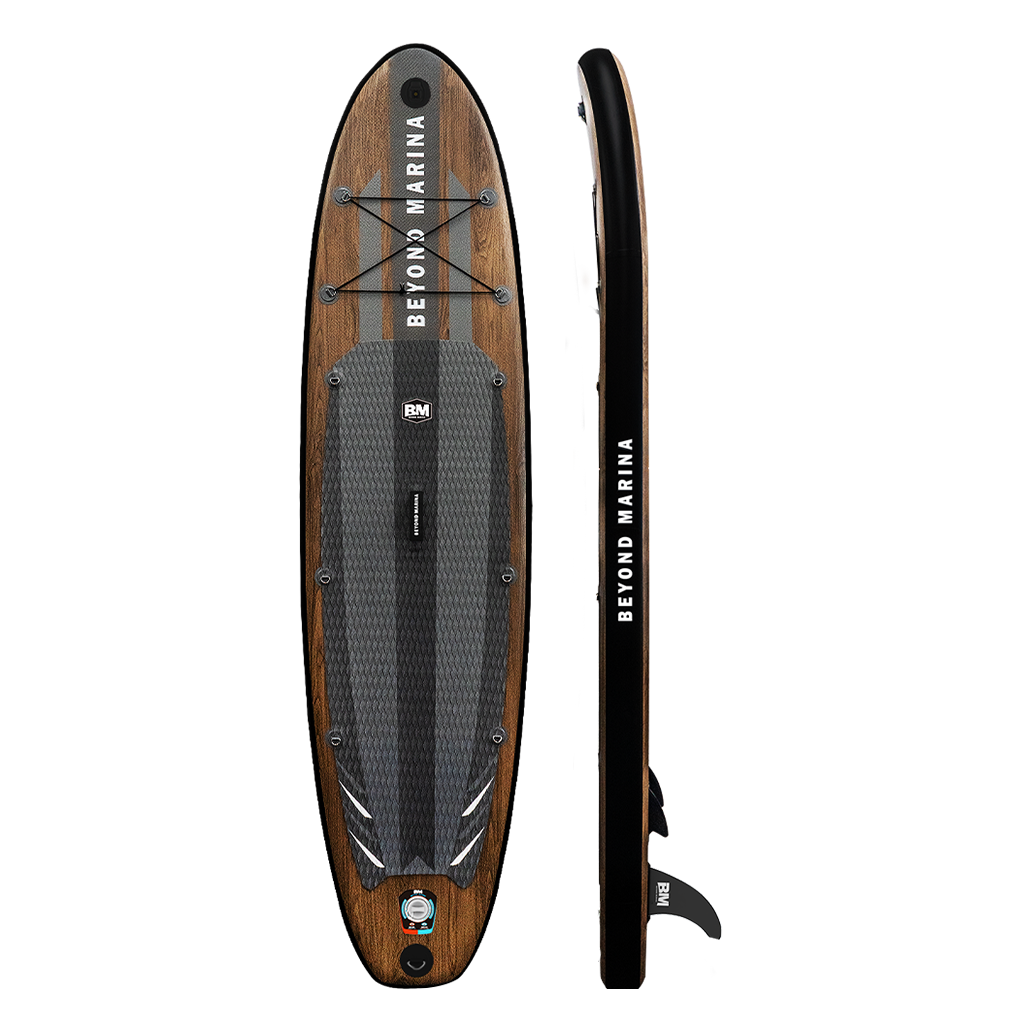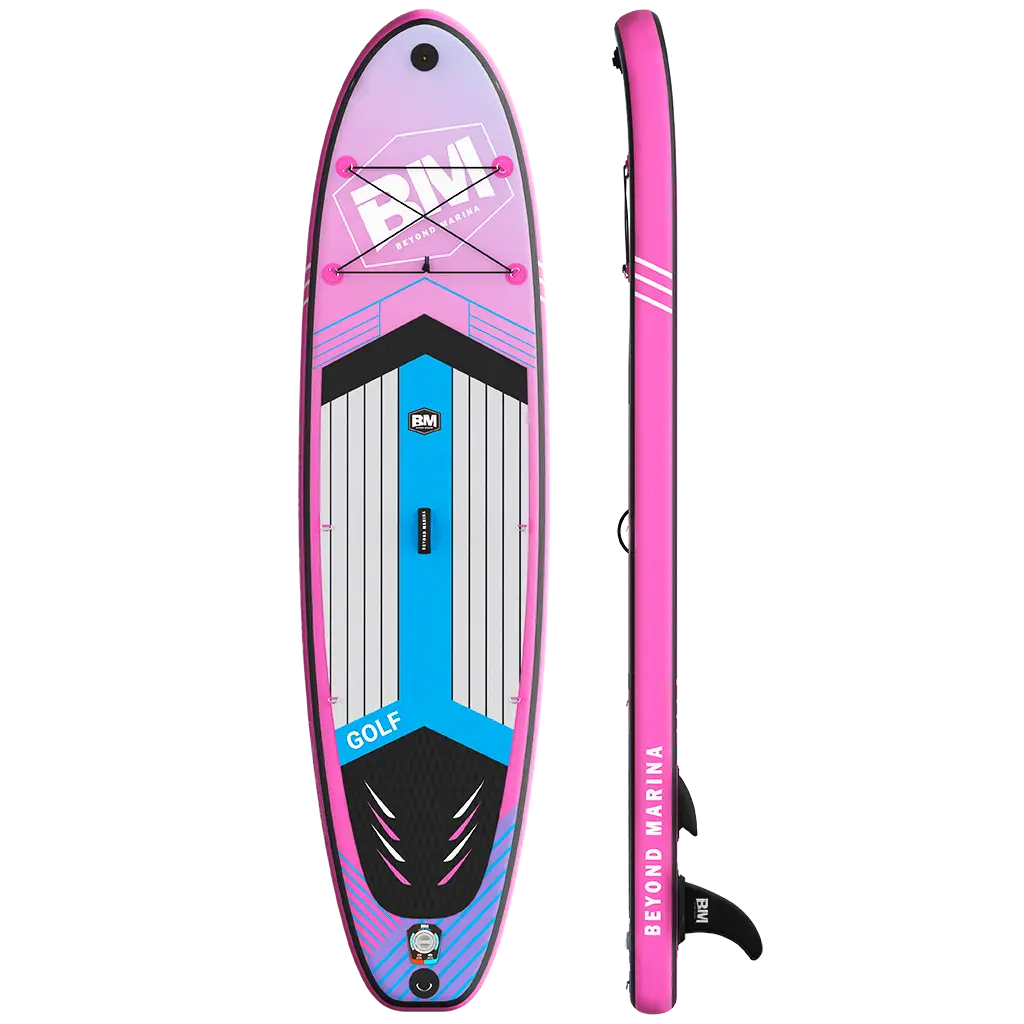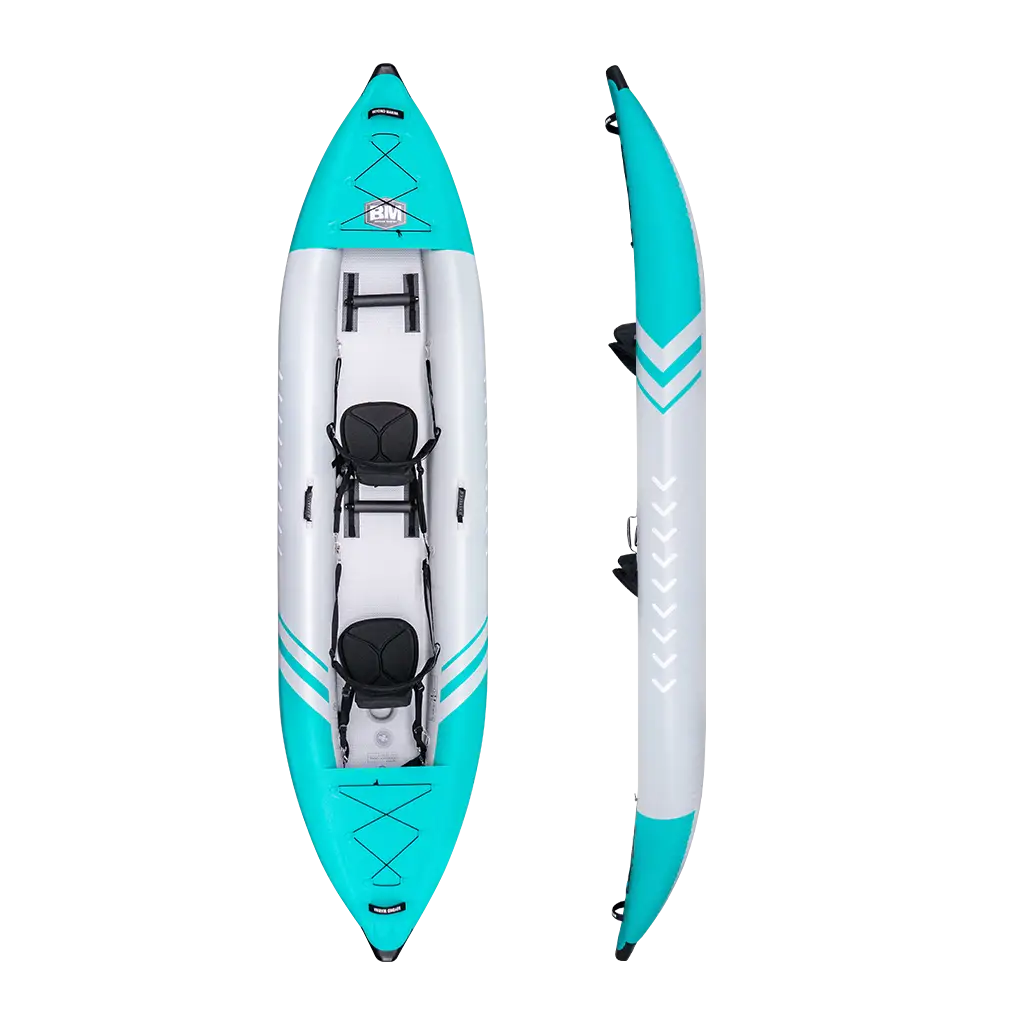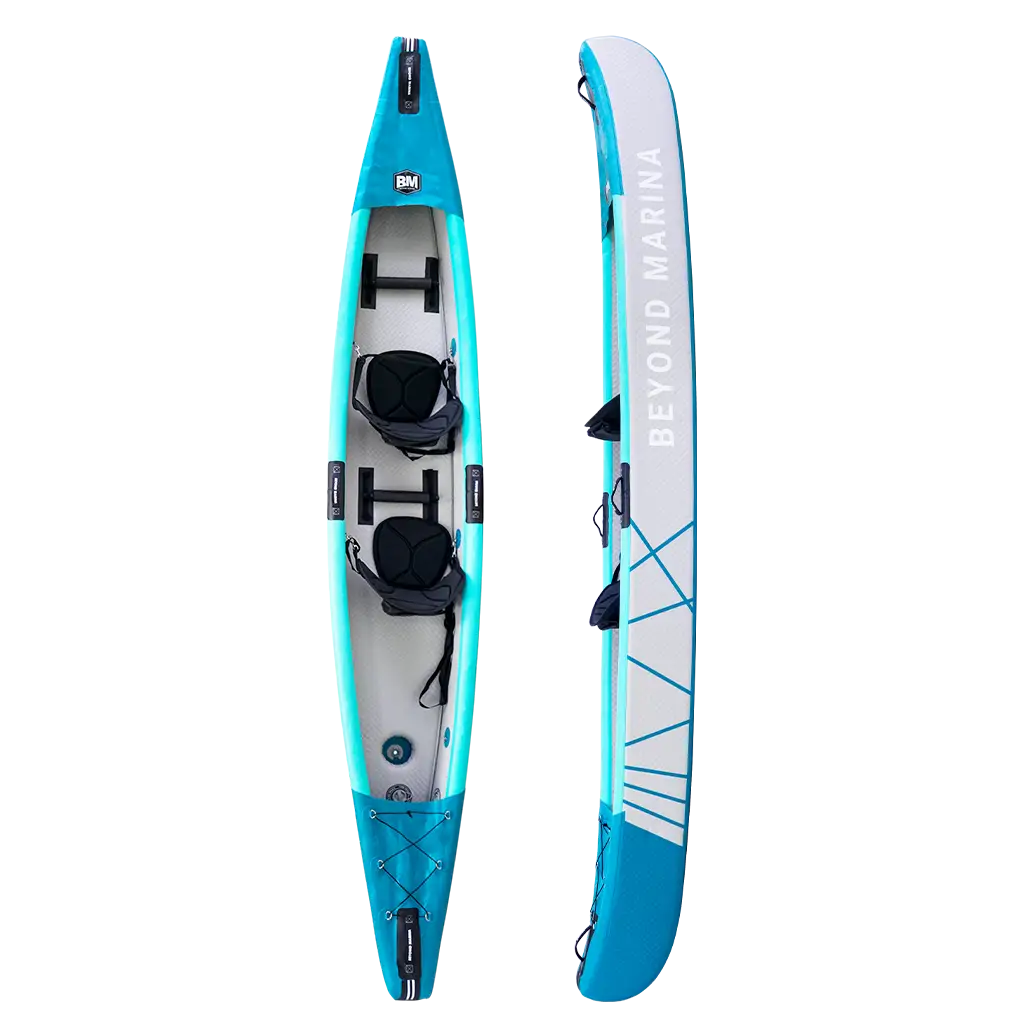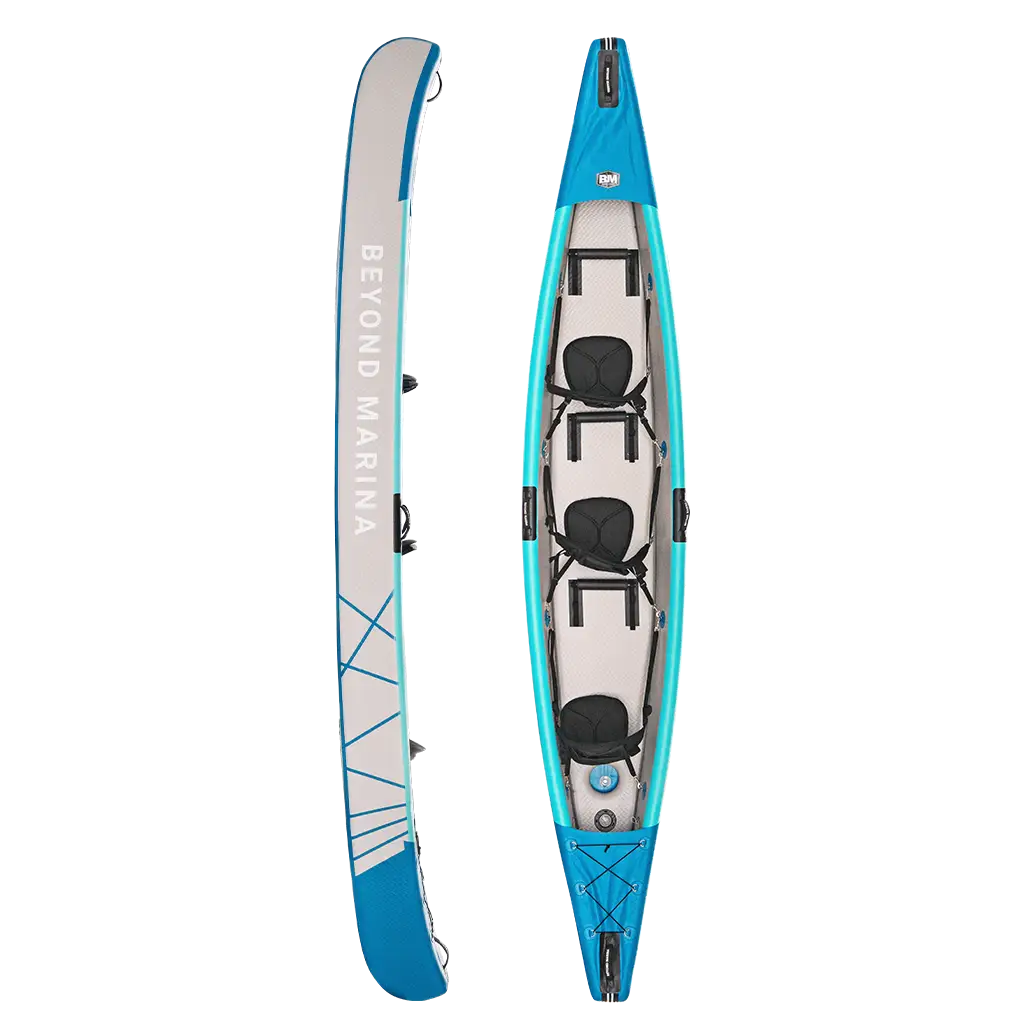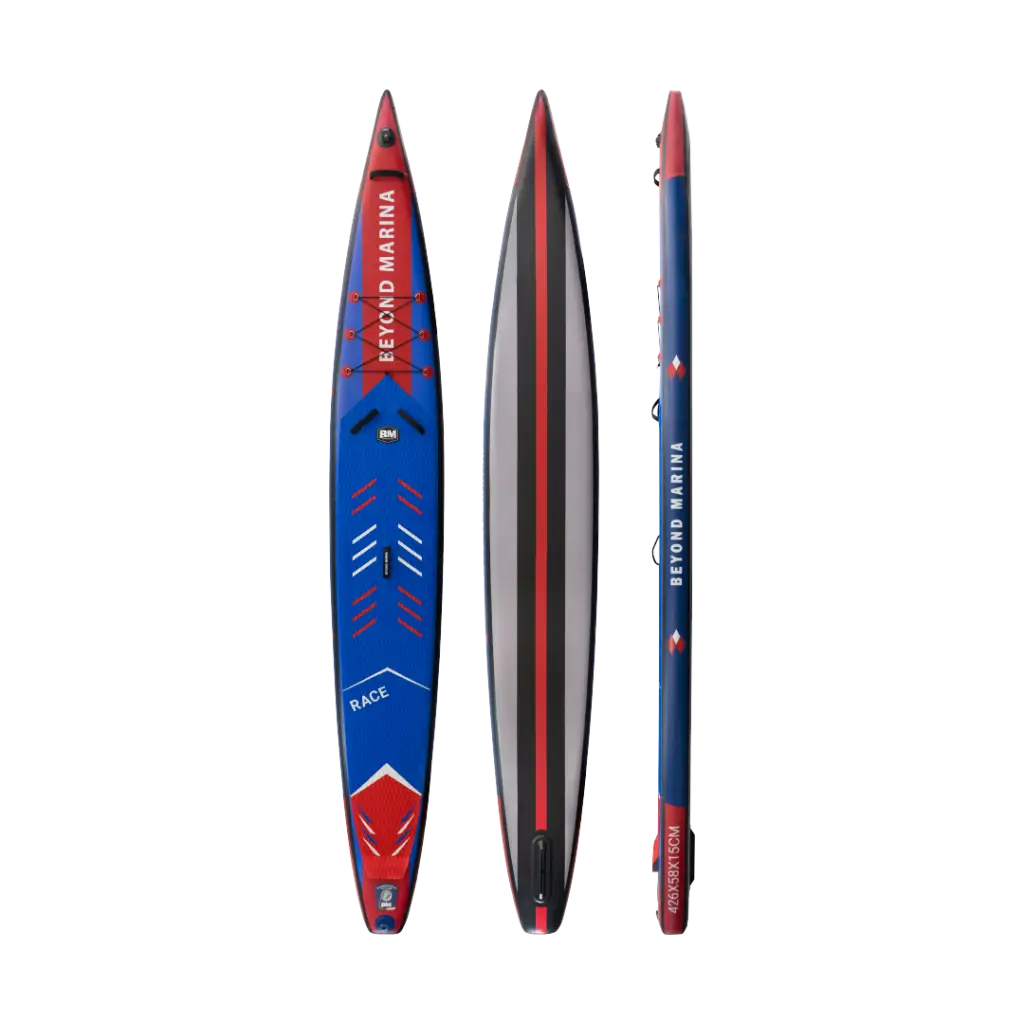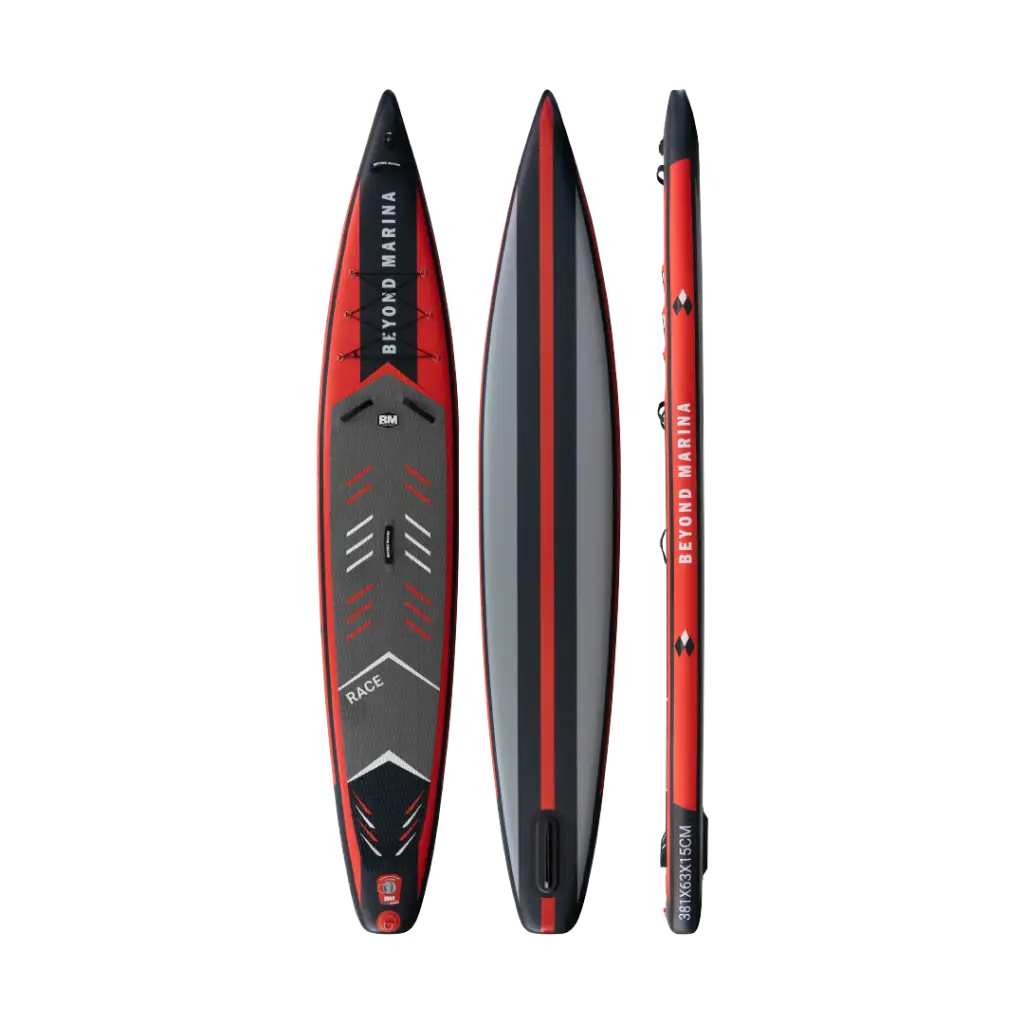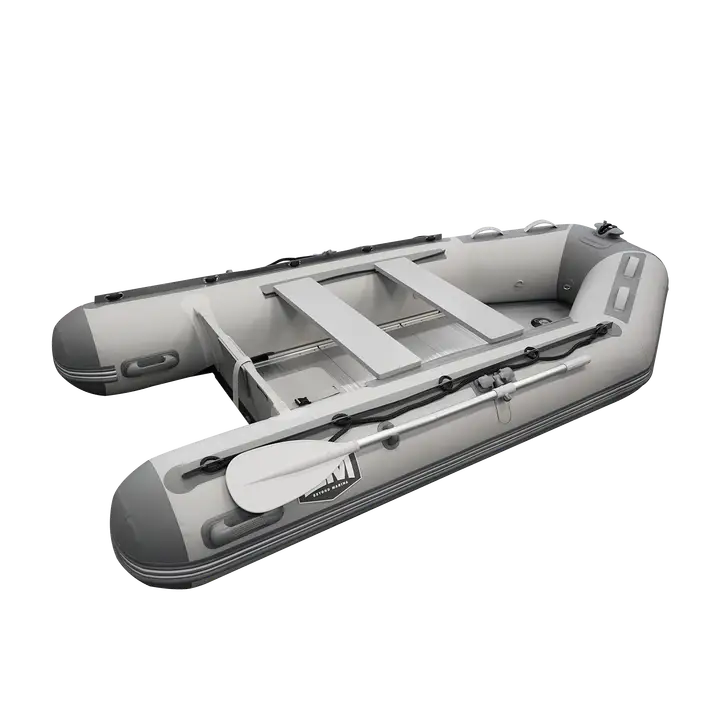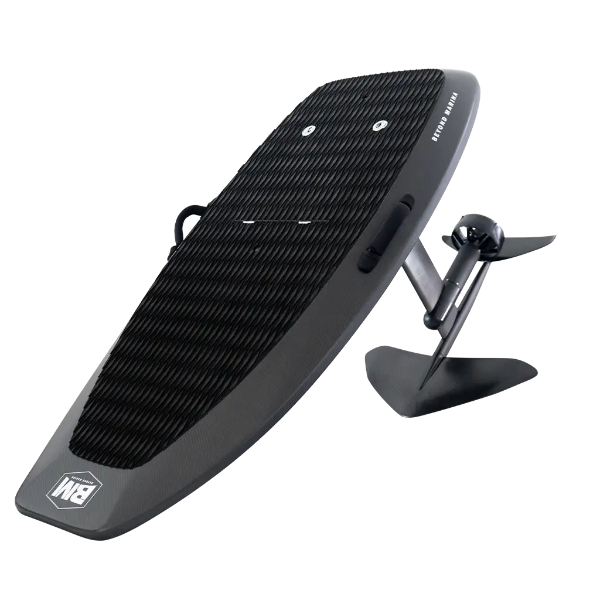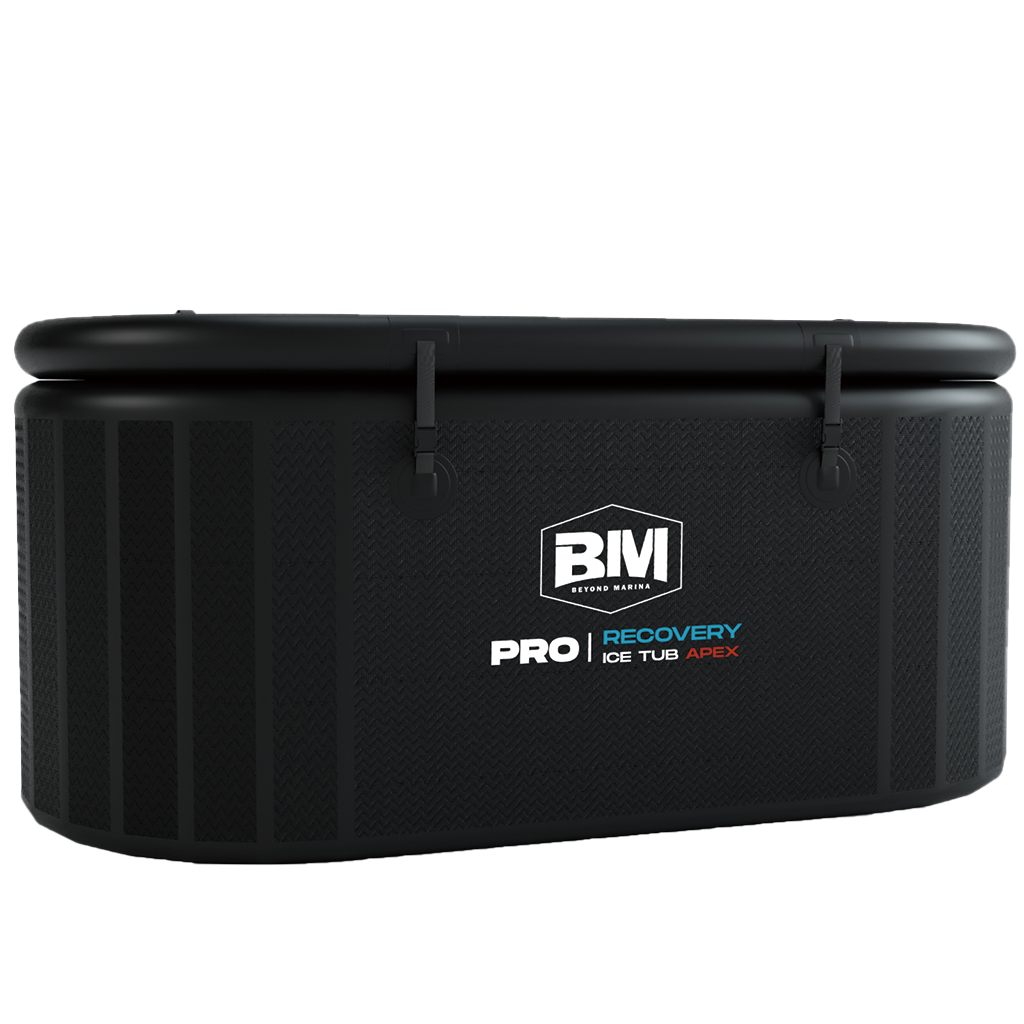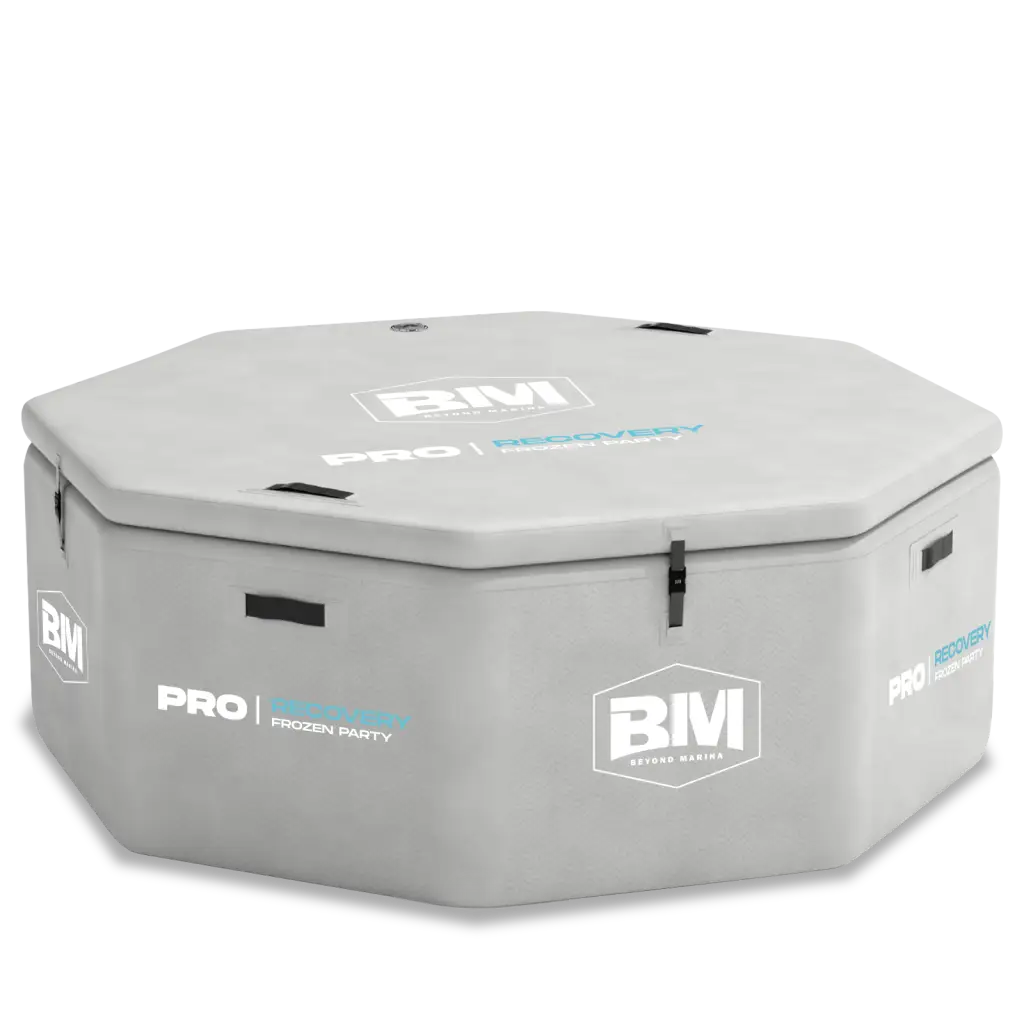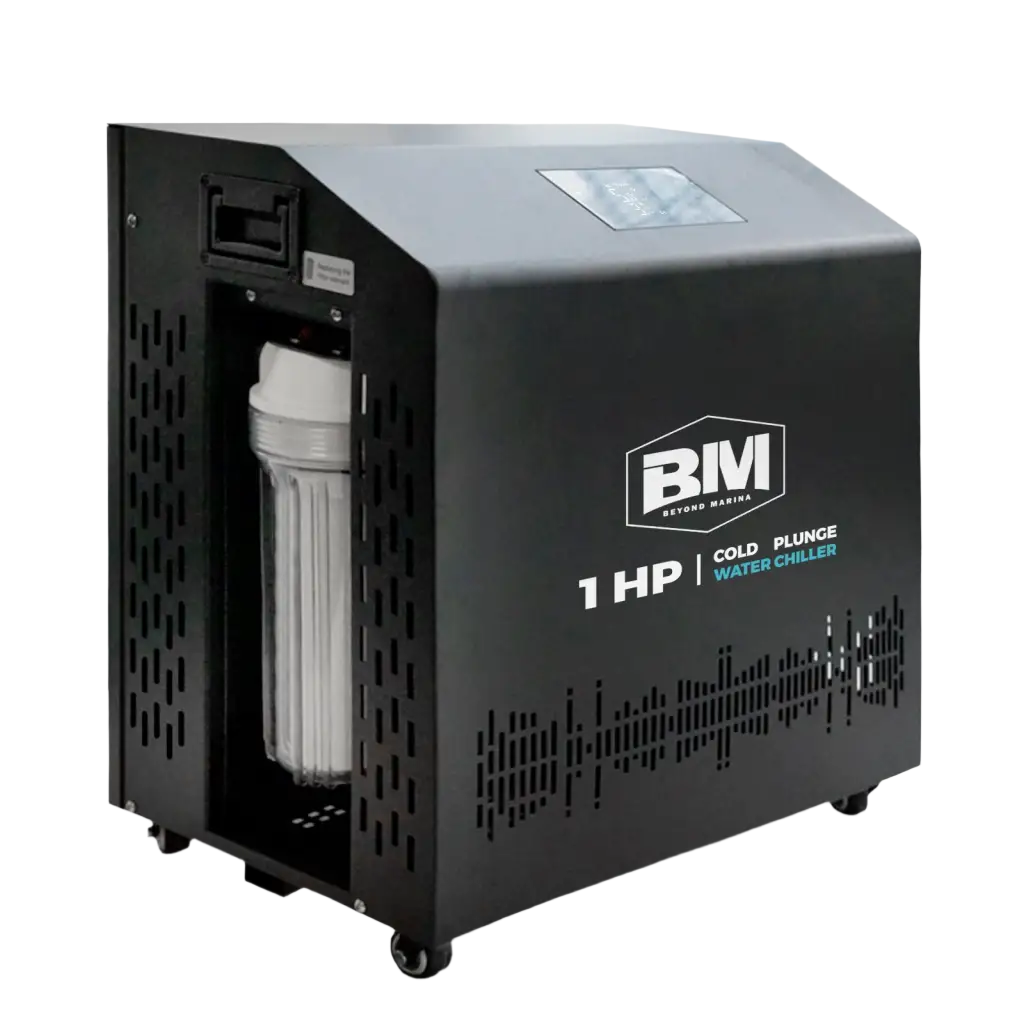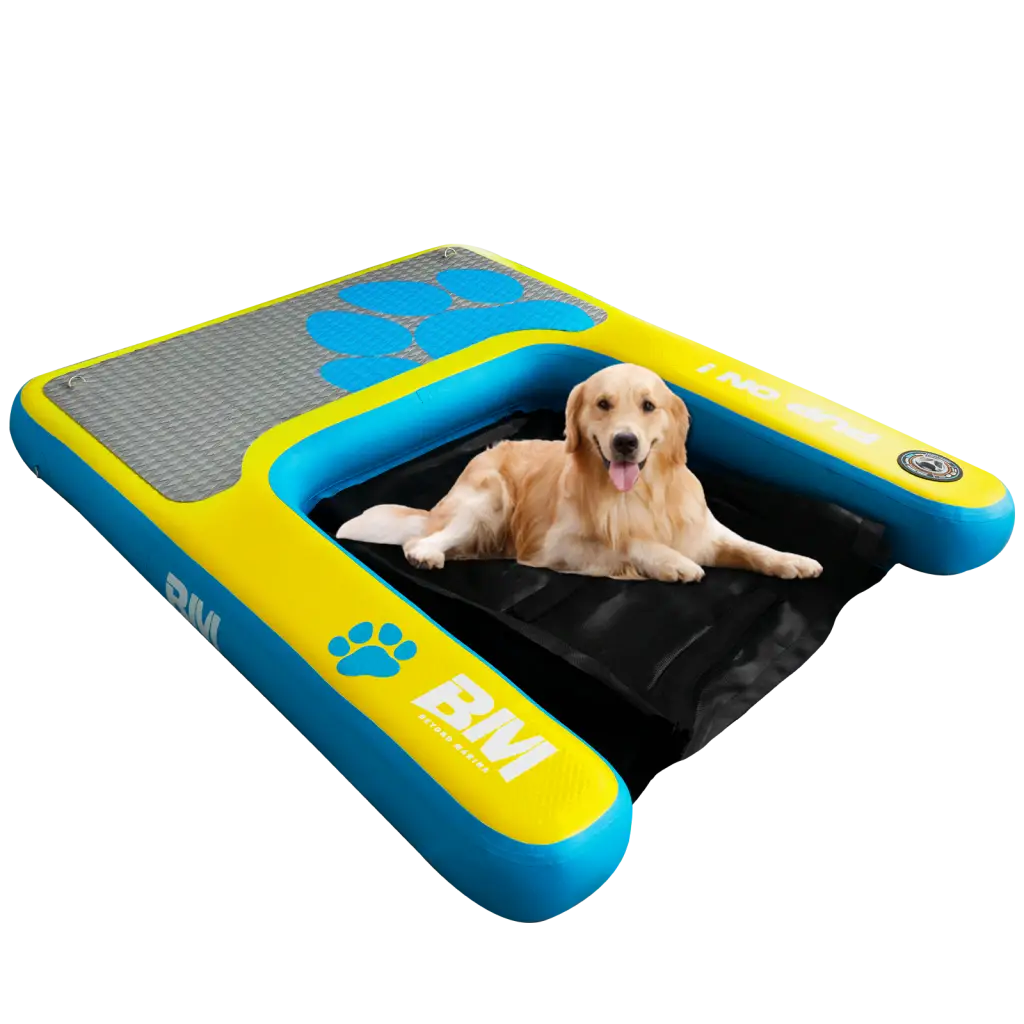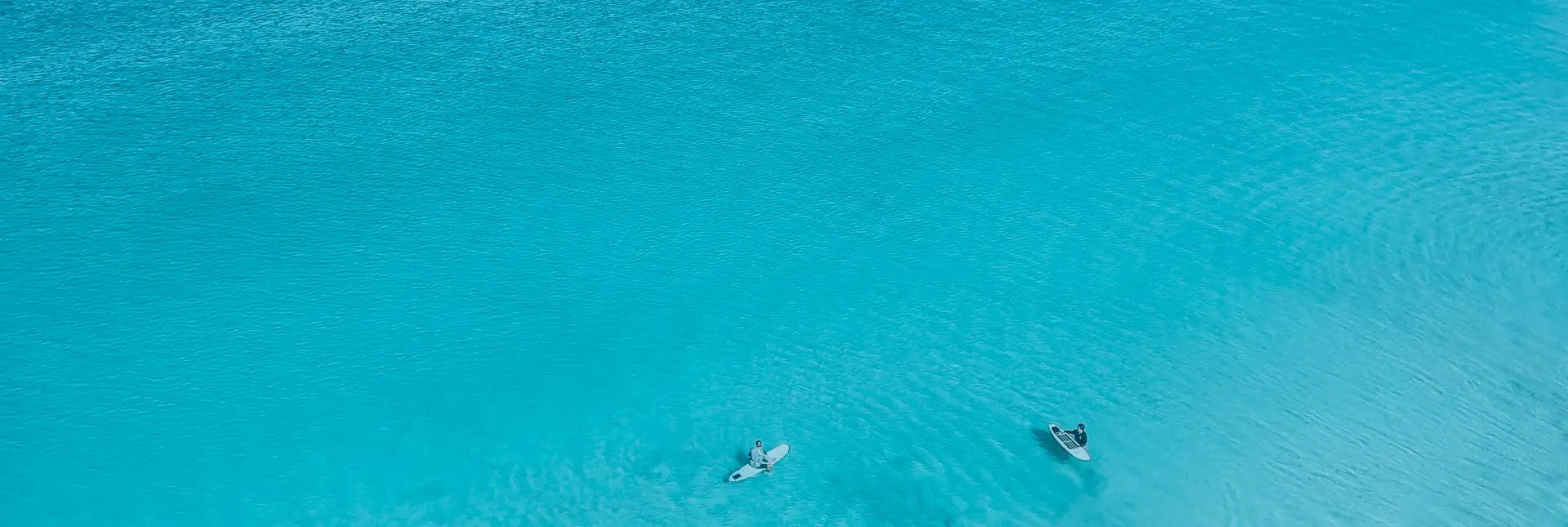If you’re dreaming of hitting the water, you might be wondering: What makes a dinghy different from other boats, and is it right for me? Whether you’re a beginner or a seasoned sailor, understanding the unique features of a dinghy and who it’s best suited for can help you make the perfect choice. Let’s dive into the differences between dinghies and other boats and explore why a dinghy might be your ticket to adventure.
What is a Dinghy?
A dinghy is a small, versatile boat, typically under 20 feet long, designed for short trips, recreation, or as a tender for larger vessels. Unlike larger boats, dinghies are lightweight, easy to maneuver, and often powered by oars, sails, or small outboard motors. They come in various types, such as inflatable dinghies, rigid sailing dinghies or filament-wound models for extra durability.
Dinghy vs. Other Boats: Key Differences
To help you decide if a dinghy is right for you, let’s compare it to other common boat types:
1. Dinghy vs. Kayak
Size & Structure: Dinghies are wider and more stable, often with a flat or V-shaped hull, while kayaks are narrow, sleek, and designed for paddling efficiency.
Power: Inflatable dinghies can use oars, sails, or motors, offering flexibility. Kayaks rely solely on paddles (or occasionally pedal systems).
Use Case: Dinghy boats are ideal for short trips, fishing, or tendering to larger vessels. Kayaks excel in solo or tandem exploration, especially in rivers or calm waters.
2. Dinghy vs. Canoe
Design: Dinghy boats have a more robust build, often with rigid or inflatable materials, while canoes are open-top and lightweight, designed for paddling.
Capacity: Dinghies can carry more passengers or gear (2-6 people), while canoes typically hold 1-3 people.
Environment: Dinghies handle open water and coastal conditions well, while canoes are better suited for calm lakes or rivers.
3. Dinghy vs. Sailboat
Size & Complexity: Dinghies are smaller (under 20 feet) and simpler, often used for learning to sail. Larger sailboats (20-40 feet) require more skill and crew.
Cost: Dinghy boats are budget-friendly (e.g., $1,000-$5,000), while sailboats can cost tens of thousands.
Use Case: Inflatable dinghies are perfect for day trips or beginner sailing, while sailboats are built for long-distance cruising or racing.
4. Dinghy vs. Yacht
Scale: Dinghies are small and portable, while yachts are luxurious, often over 40 feet, with cabins and amenities.
Purpose: Dinghies serve as tenders to yachts or standalone recreational boats, while yachts are for long-term cruising or luxury living.
Cost & Maintenance: Dinghy boats are low-cost and easy to maintain, while yachts require significant investment and upkeep.
Who is a Dinghy Best Suited For?
Dinghies are incredibly versatile, making them a fantastic choice for a wide range of people:
New boaters: Dinghies are easy to handle, with simple rigging and controls, making them perfect for learning to sail.
Families or small groups: Dinghies can carry 2-4 people, making them great for family outings or small friend groups. Inflatable dinghies are especially safe and stable.
Sailors and yacht owners: Dinghies often serve as tenders, ferrying passengers from a yacht to shore.
Campers or adventurers: Dinghies offer freedom to explore lakes, rivers, or coastal waters.
Ready to set sail? Discover Beyond Marina dinghies, available in three sizes — 250cm, 300cm, and 330cm. Choose the one that fits your journey, and let the adventure begin.



